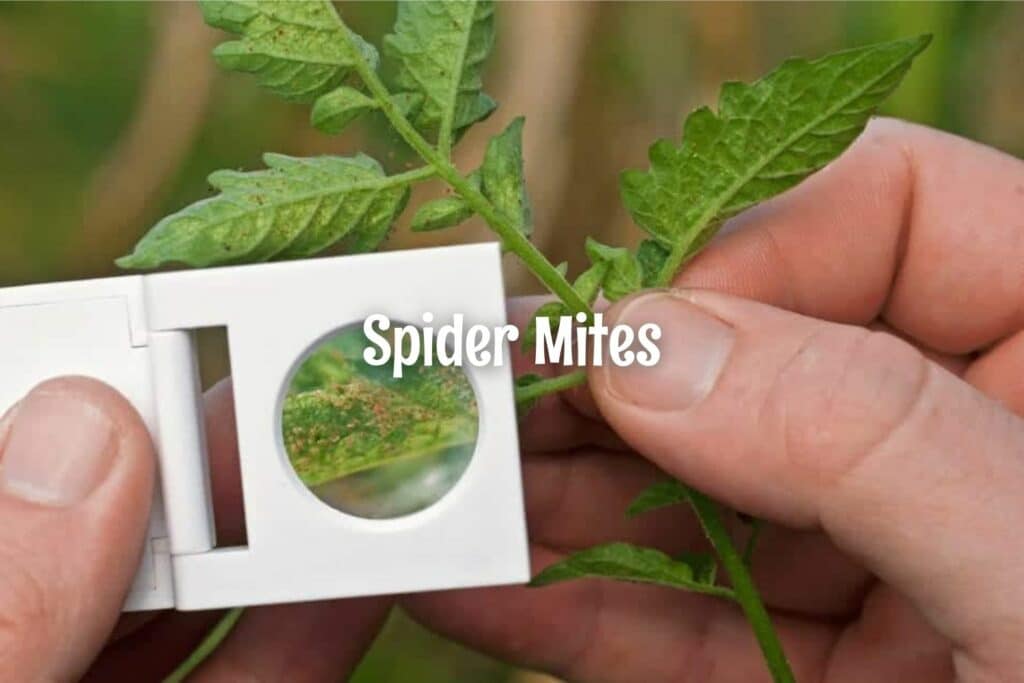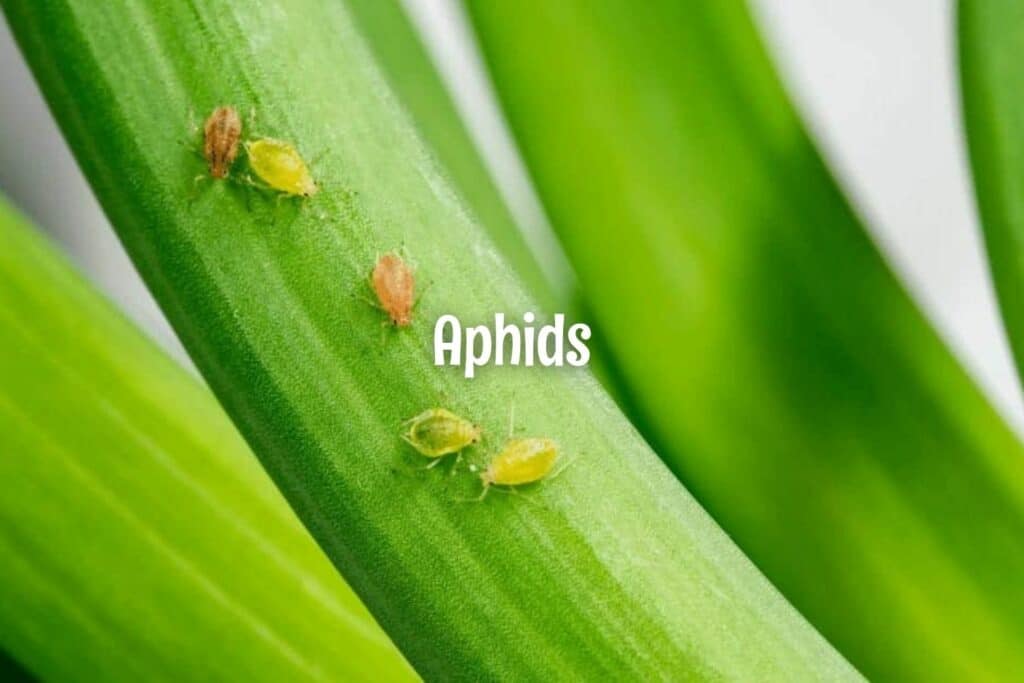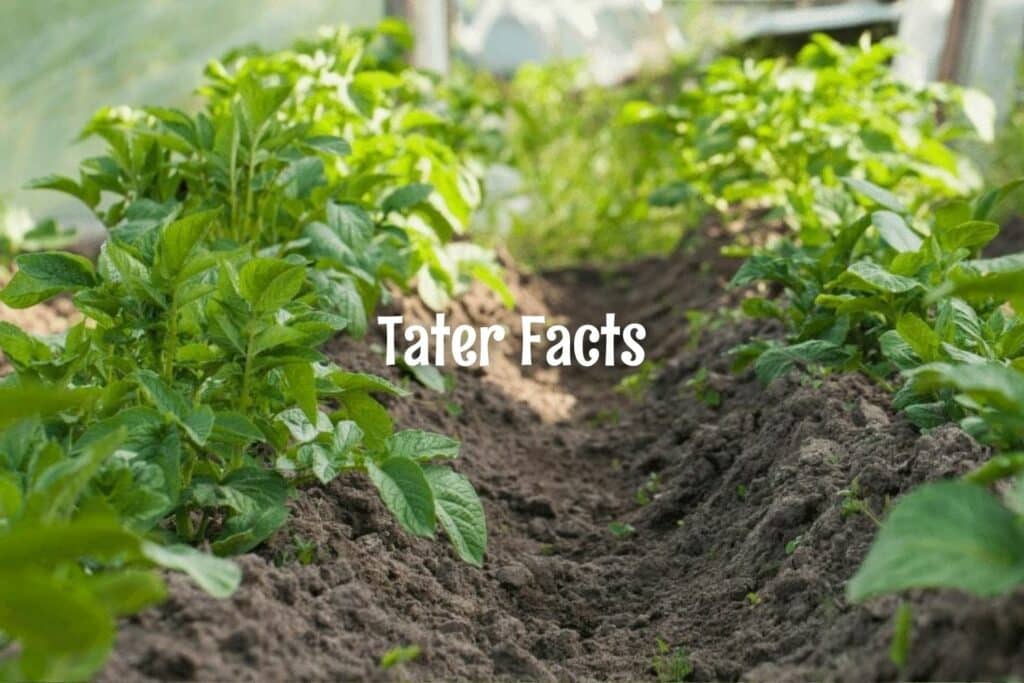
Spider Mites
by Marcie Crockett
Spider mites are a major pest on a wide variety of garden and landscape plants. They are minute arthropods whose feeding can cause yellowing, stunt growth and reduce yields.
Identification – Most Common Species
Twospotted Spider Mite – Tetranychus urticae
The “two spot” spider mites are usually yellow/tan/ greenish in color, and by maturity they grow two dark spots on their shoulders, one on each side.

Spider mites can float along with wind currents, or be carried by pets, clothing or infested plant material. Adult two-spotted spider mites are very small (ca. 1/60 inch in length), eight-legged arthropods. The color of the mites usually is green or greenish-yellow but can vary from white to light red. The eggs of the mites appear like small clear or pale marbles when viewed through a good hand lens.
Spruce Spider Mite – Oligonychus ununguis
The spruce spider mite is common throughout the Northwest. It feeds almost exclusively on conifers, often reaching tremendous numbers. The spruce spider mite is generally dark green in color. Trees damaged by this mite show light-yellow stippling on the needles or leaves. In heavy infestations webbing will be present and needles turn brown and drop from the tree. Overwintering eggs are deposited near needle bases on the tree.
Hosts
From apples to zucchini, no matter what types of plants you grow, it’s likely something spider mites will attack. The most common spider mite, the two-spotted spider mite has been recorded on more than 300 species of plants, including all of the tree fruit crops, as well as many small fruits, vegetables, and ornamentals.
Life Cycle

The two-spotted spider mites overwinter as adult females. Egg laying begins in late April or May. Larvae hatch from the eggs, which develop to the nymph and finally the adult. Larvae, nymphs and adults all feed on the plant. The time from egg to adult normally requires about 3 weeks, but may take less time under hot and dry conditions. Depending on weather conditions, 5 to 10 generations may occur within a growing season. Spider mite reproduction and population multiplication will persist until cool weather of late summer leads to a reduction of reproductive activity. In the spider mite outbreak of 1988, many heavy infestations totally collapsed around late August. A population collapse may be due to predators or an outbreak of a fungal organism that attacks mites.
Special Species Notes: Adult females have the ability to go dormant for a time after the daylength shortens, then re-emerge to lay more eggs a few weeks after the days lengthen again. That’s one reason spider mites keep reappearing crop after crop on indoor plants.
Damage
The first sign of spider mite presence is little yellow speckles on leaf surfaces. Spider mites can be found on either leaf surface although they commonly infest the underside.
Their eggs, best seen with a magnifier, will be scattered around at random. Spider mite eggs are all perfectly round, the same size, ranging from clear to amber in color. With larger infestations a fine webbing, crawling with mites, covers the plant tops. In severe infestations, the leaves become brown and dry.
Monitoring
Indoors, especially in greenhouses, two-spotted spider mite can be a difficult pest to control. It’s very important to know if mites are developing on your plants before damage becomes severe. Frequent visual inspection of plant parts is the best way to keep track of whether mites are present. They can be found on all areas of the plant, but they most often infest the older, middle-age leaves, and the midrib. Once their feeding damage or webbing becomes apparent, populations are already well established and more difficult to control. On houseplants, spider mites often become a problem in November when the heat comes on and the air is drier. On outdoor plants predatory mites are important natural controls of spider mites.
Management-Biological control
Predaceous mites can keep spider mites under control if broad-spectrum insecticide applications are avoided. Heavy rain and cold weather also suppress mite numbers.
Management-Cultural control
Broad-leaved weeds like mallow, bindweed, white clover, knotweed and others are hosts for spider mites and can enhance mite numbers. Suppression of these weeds with cultivation or grasses may reduce mite problems. Spider mites may be washed from plants with a strong stream of water. Water plants properly, as drought-stressed trees are more susceptible. Avoid excessive nitrogen applications, as this encourages mites.
Management – Insecticides
Frequent applications of insecticidal soap can be very effective. Soap has no residual activity and only affects the mites it is sprayed directly on, so thorough coverage of the foliage and repeated applications are essential. Most of the spider mites are on the underside of the leaves, so that’s where the soap spray needs to be applied.
Also recommended for this area are:
- Beauvaria bassiana -a fungus
- Horticultural oil
- Dimethoate (cygon)
Read and follow label directions and precautions making certain that the product that you purchase is registered for the target pest.
Sources: Ohio Pest Management & Survey Program Field Crops Pest Management Circular # 24, Department of Entomology, University of Wisconsin – Madison. Susan Mahr and Phil Pellitteri, and PNW Insect Management Handbook 2003
Originally published March 31, 2003







Responses